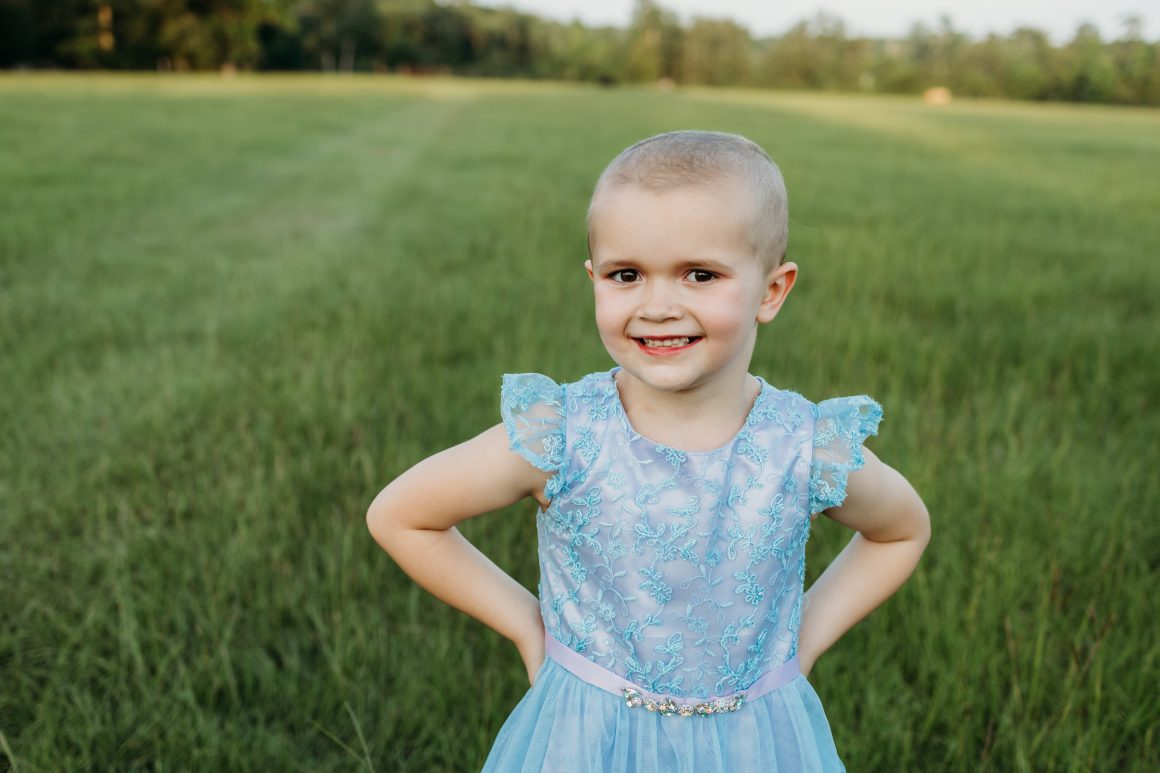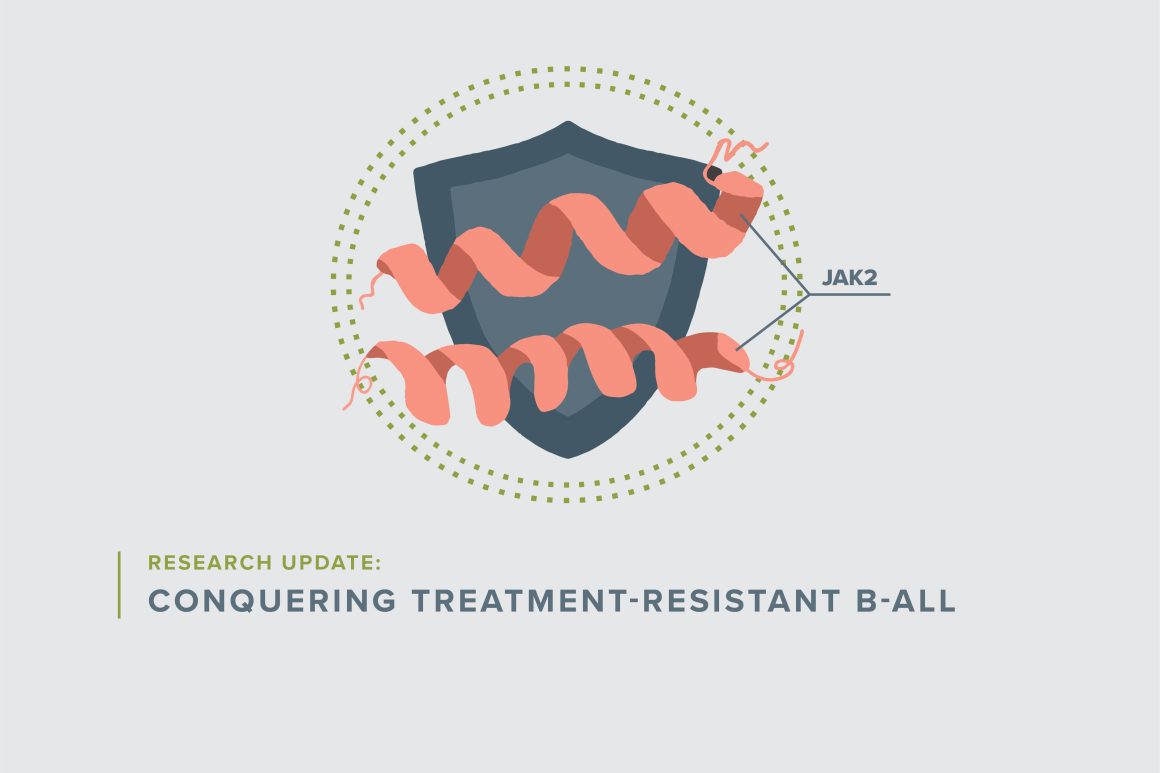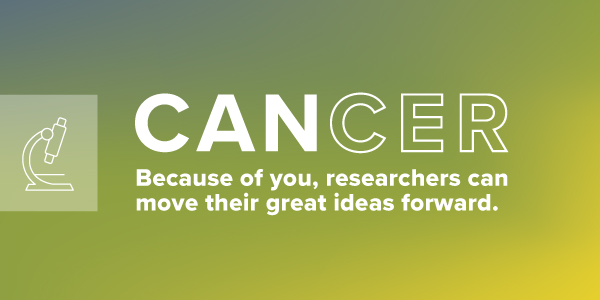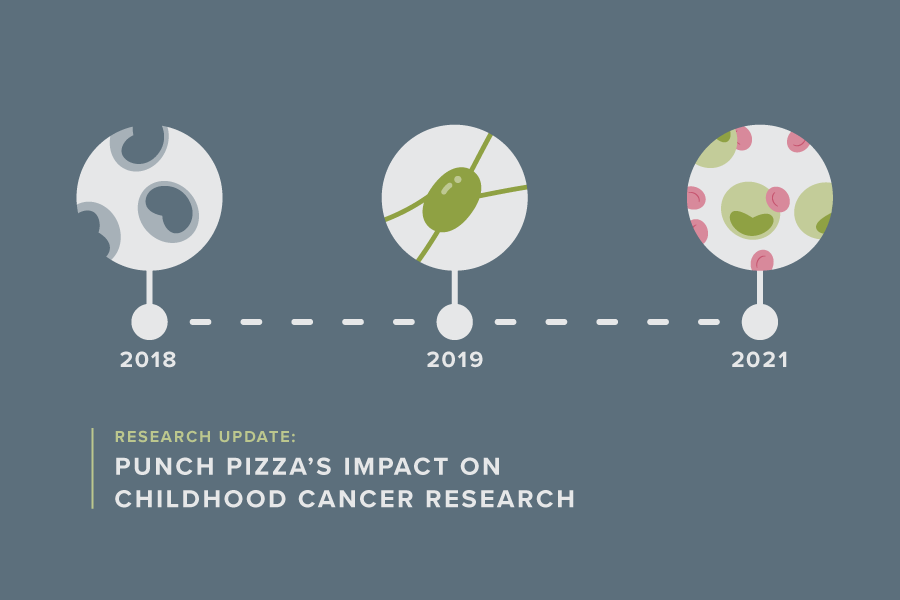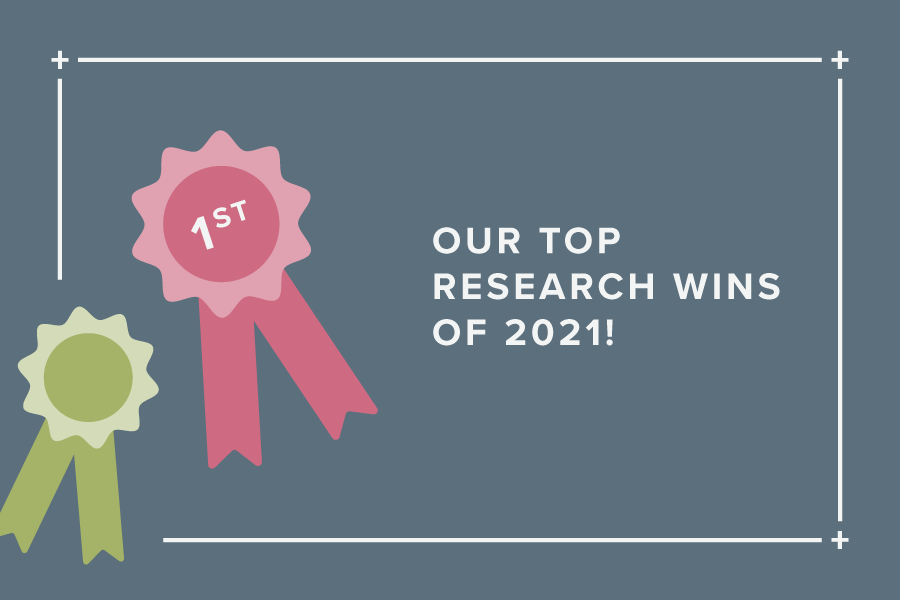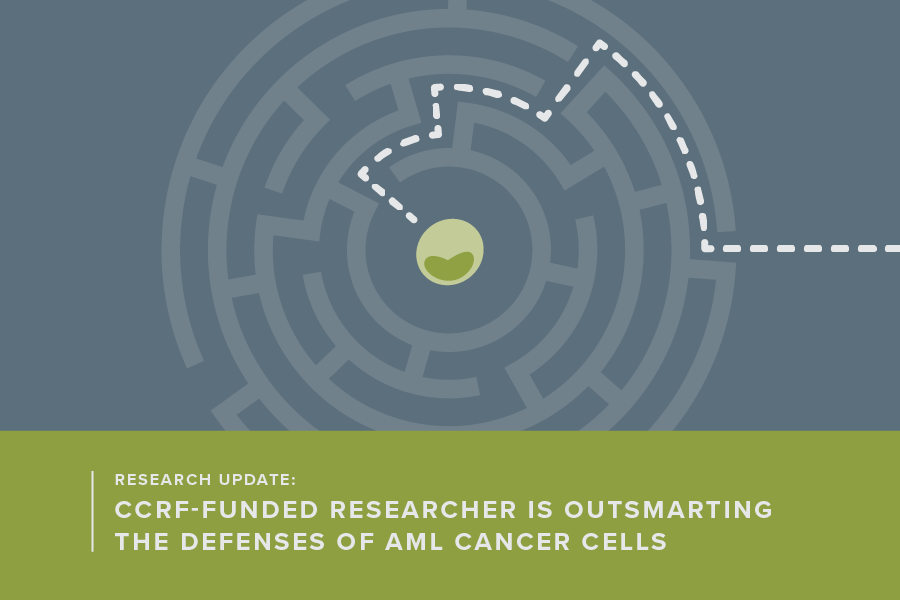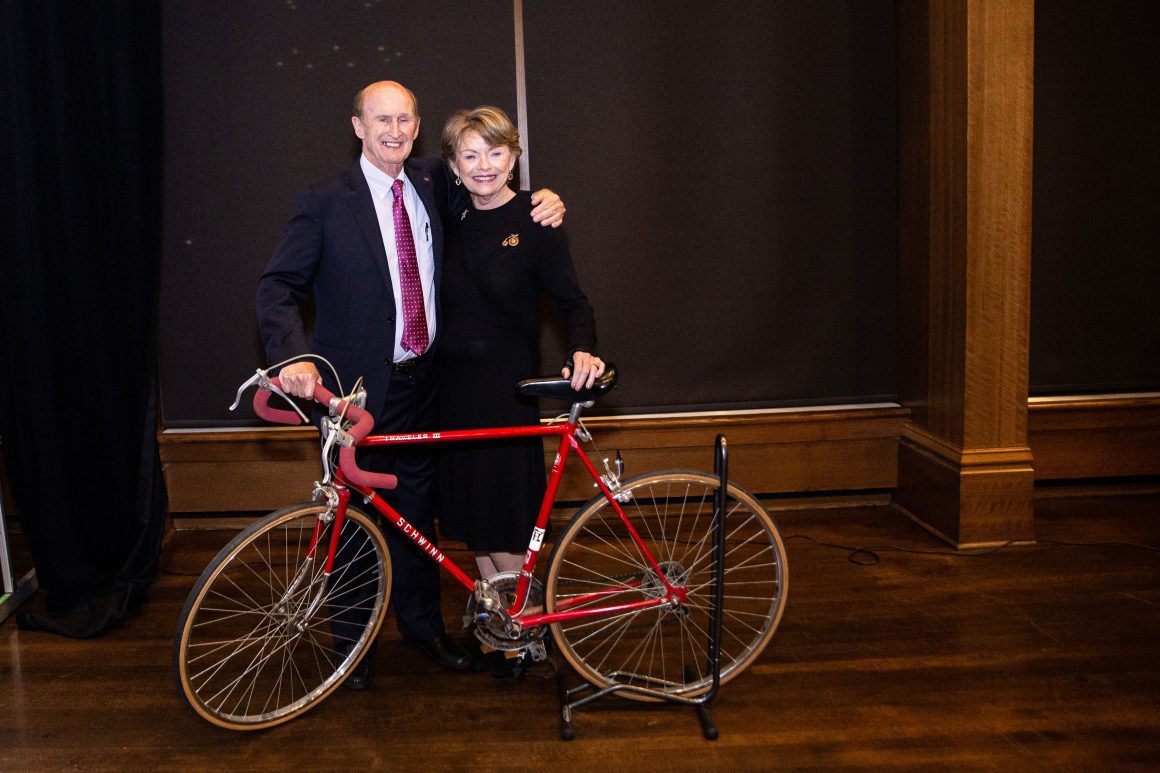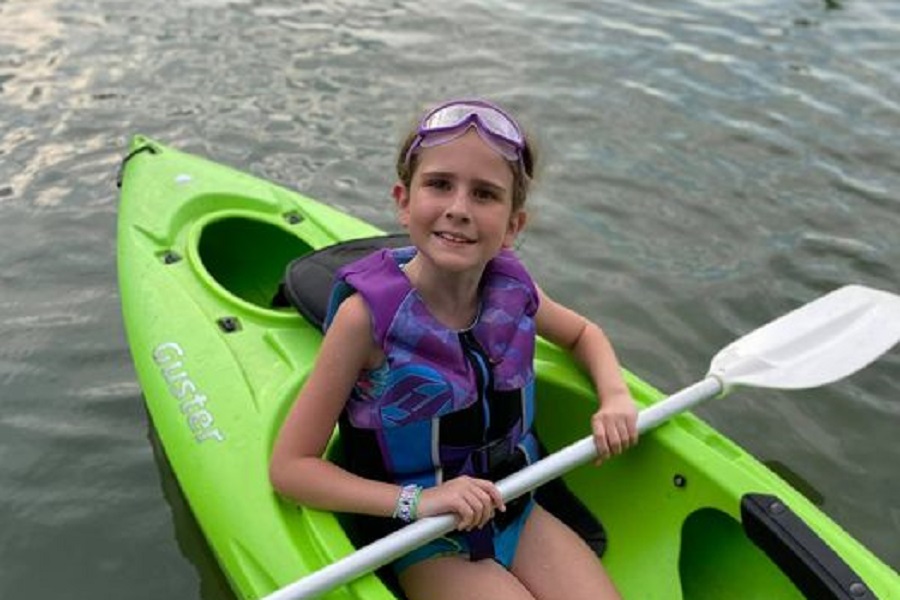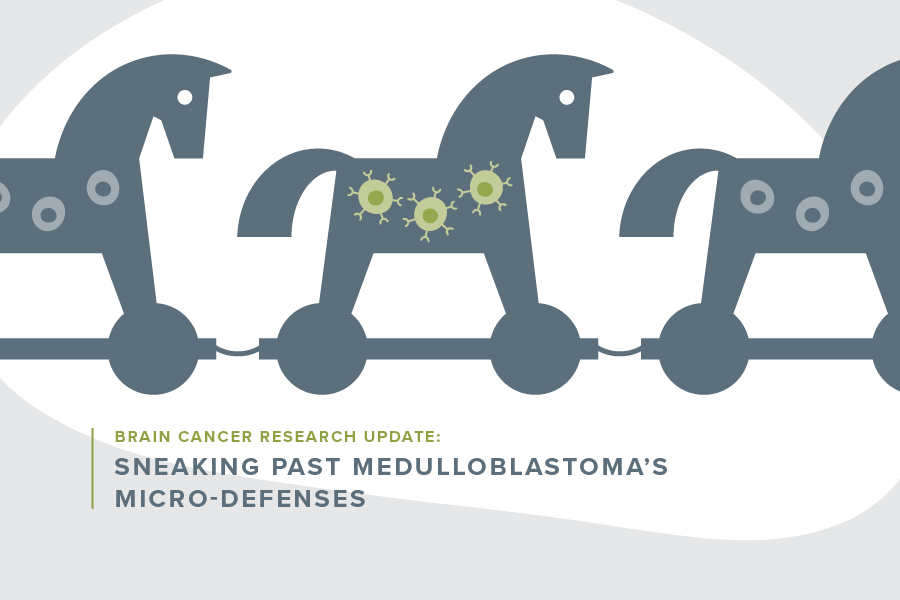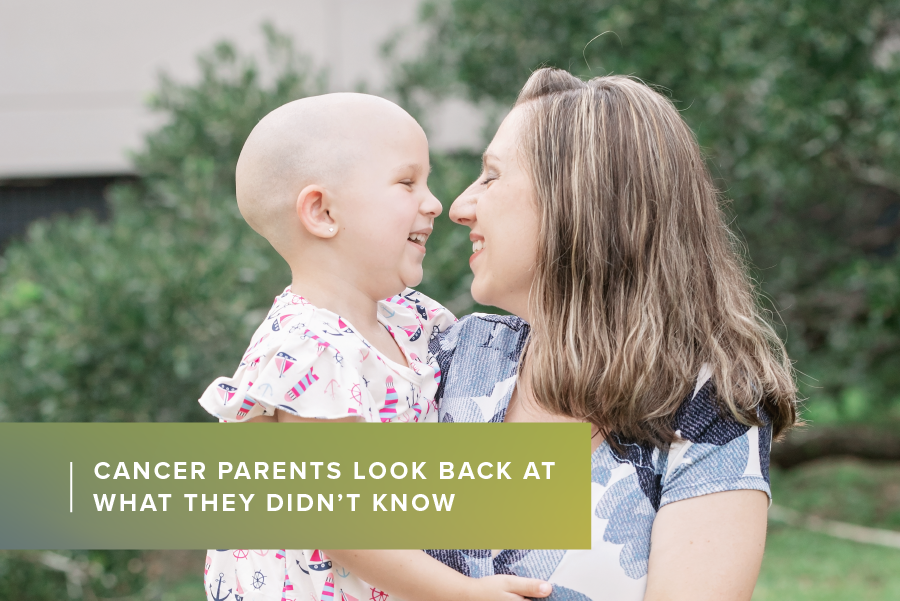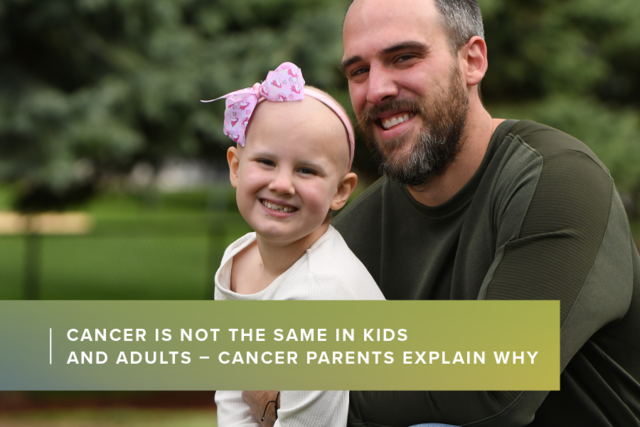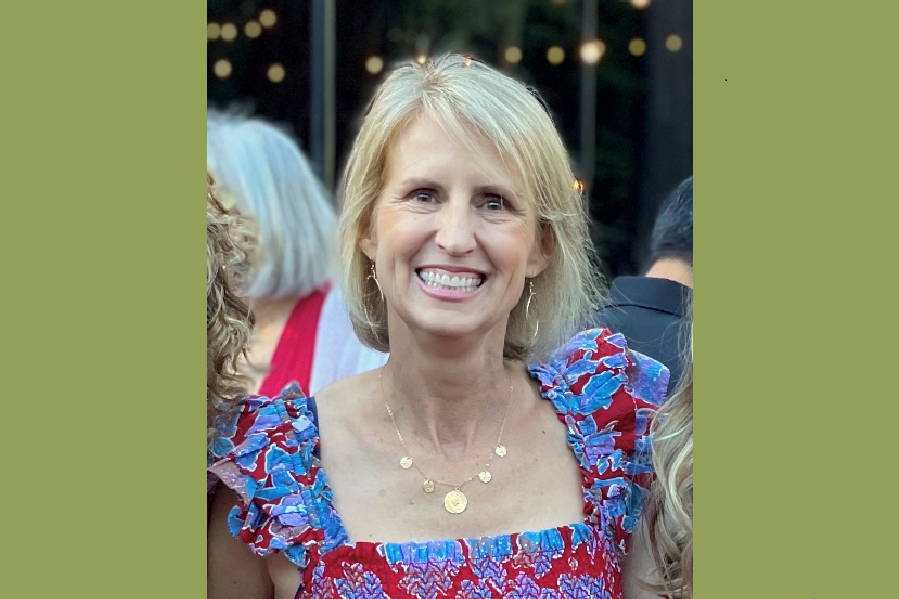Kathryn (KK to her friends and family) may only be 4 years old, but she is a no-nonsense girl. When it comes to her leukemia treatments, she wants to know exactly what’s happening, and she lets her care teams know she doesn’t need to be coddled.
“She packs her own bag with the toys she wants to play with,” said her mom, Brittany. “When the sweet child life specialists come in and try to do their job by distracting her from treatment, she’ll say, ‘I don’t need you.’ She’s just matter-of-fact about it all.”

